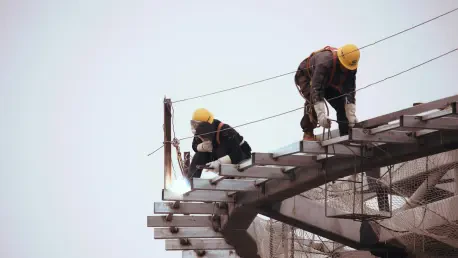
In an ambitious move to cater to rising housing needs and effective land use, Port Elgin has approved a new mixed-use development strategically located on Goderich Street. This five-story structure is set to feature commercial spaces on the ground floor, with 27 residential units occupying its

The city of West Haven, Connecticut, has embarked on an ambitious infrastructure project set to redefine how motorists navigate the I-95 corridor. This $136.5 million endeavor, overseen by the Connecticut Department of Transportation (DOT), aims to replace two aging bridges that span over 1st

The cement industry is experiencing a significant transformation driven by artificial intelligence (AI), thanks to a groundbreaking collaboration between Conch Group, China Building Materials Federation (CBF), and Huawei. This innovative partnership has developed an advanced AI model specifically

Falls from heights continue to be a leading cause of fatalities in the construction industry, leading to an alarming statistic with over 300 deaths and 20,000 serious injuries annually. As reported by the Bureau of Labor Statistics, these fall-related incidents illustrate ongoing safety challenges

The Ithaca Farmers Market has recently reopened for the outdoor season, marked by significant changes driven by ongoing construction aimed at improving the facilities. This transformation has been spearheaded by a notable $3.2 million grant from the New York Department of State to enhance various

Construction officially commenced on Tulsa’s “Stonehenge” project on April 7 to revamp the outdated, unsafe, and congested I-44 and U.S. 75 interchange in Tulsa, Oklahoma. Known locally as “Traffic Henge” due to the towering, unused bridge piers, this project is the Oklahoma Department of